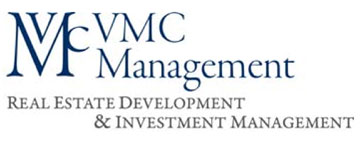NAR has been working with federal regulators since Congress in 2010 passed massive banking reform legislation, part of which created the qualified mortgage and qualified residential mortgage rules. Today is an important day in the timeline of those rules, because today is the day the qualified mortgage (QM) rule takes effect, and NAR has told regulators it will be watching to see what impact the rules have on mortgage availability.
“I promise you that REALTORS® will be your boots on the ground,” NAR President-elect Chris Polychron told the federal government’s main QM rule-writer, Richard Cordray, earlier this week. Cordray is the director of the U.S. Consumer Financial Protection Bureau (CPB), which was created as part of the same law that created QM and the qualified residential mortgage (QRM) rules.
Under QM, lenders are required to make sure borrowers have a reasonable ability to repay before they can make what’s known as a qualified mortgage. A qualified mortgage represents what CFPB views as a safe mortgage, and thus a mortgage that is expected to cost borrowers less, because the risk is less to lenders. How CFPB defines the “ability to repay” includes a maximum debt-to-income ratio of 43 percent. Also, while Fannie Mae and Freddie Mac are in conservatorship, their conforming loans are considered qualified. Also, loans by small community banks that meet certain criteria are considered qualified, as are FHA, VA and Rural Housing Service (RHS) loans.
In short, the universe of qualified mortgages isn’t particularly large right now, because Fannie, Freddie, FHA, and other federally backed loans make up the vast majority of loans originated today. But the qualified standard is nevertheless important because it defines what a safe mortgage is and what it will be in the future.
As of today, the QM rule is in effect. Will we see much change in mortgage underwriting practices as a result? It’s too soon to say, but lenders have been aware of the rules’ standard for some time now and have been operating with them in mind since CFPB proposed them a year ago. For that reason, lenders to an extent have already built the standards into their operations, so how much practices will change starting today is hard to know.
For the most part, NAR is okay with the QM rule. It fought hard to keep a minimum down payment requirement out of the rule, and on that score, the association won, as did the dozens of other consumer and industry groups that fought alongside it in a coalition. But NAR still has concerns over a part of the rule that limits points and fees to 3 percent for loans provided by lenders with affiliated businesses, such as title businesses. NAR continues to talk with CFPB on whether such a limit makes sense from both a fairness and a business standpoint. For its part, CFPB has said it will be monitoring the impact of that limitation along with others parts of the rule.
So, QM is now in effect. It’s time to see what the impact will be. In the 3-minute video above, CFPB Director Cordray asks NAR to help it monitor the impact of the rule and NAR President-elect Chris Polychron assured Cordray the association will. Also in the video, Cordray outlines the criteria for a qualified mortgage as set forth in the rule.



